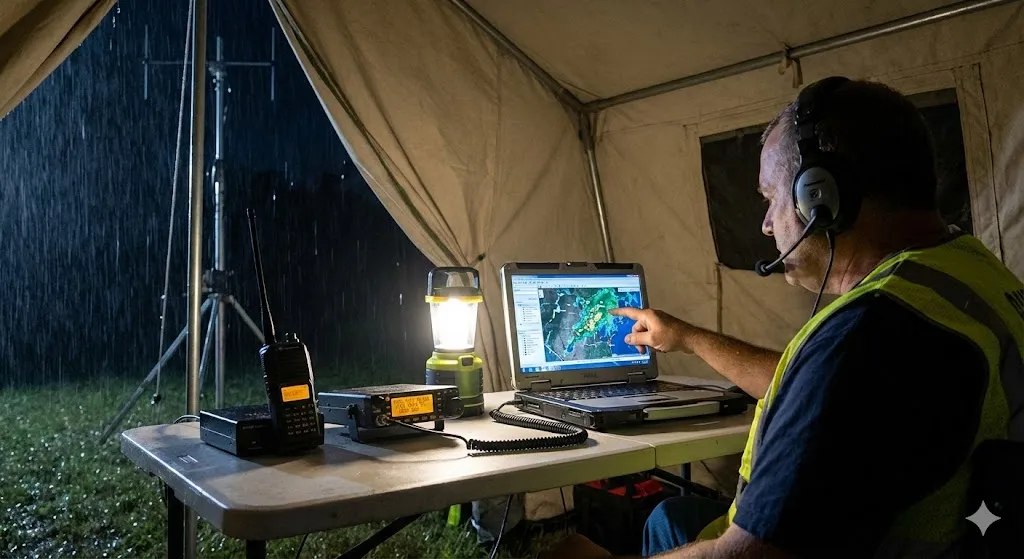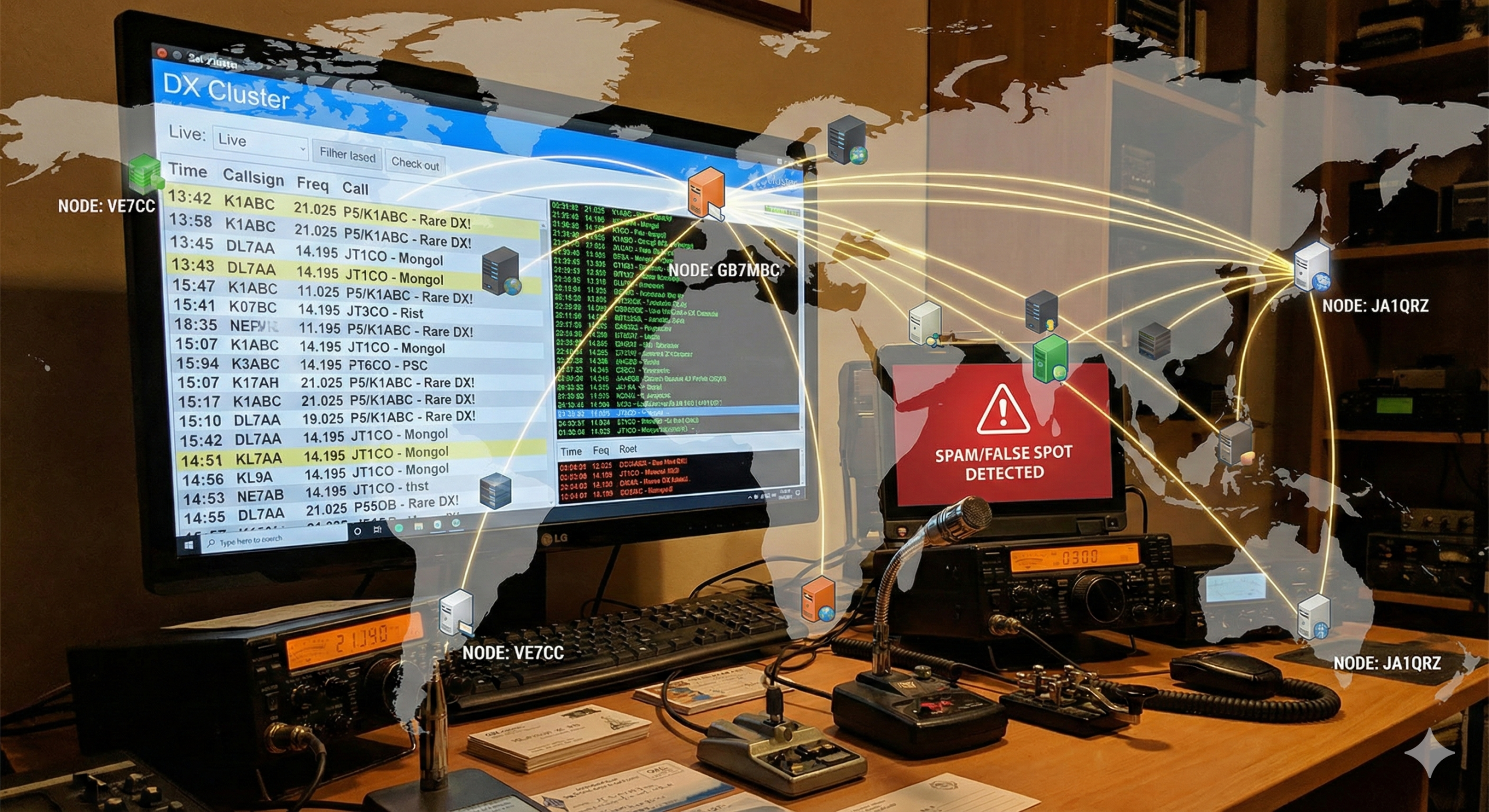Unraveling the World of Amateur Radio DX Clusters
In the vast realm of amateur radio, where signals traverse continents and enthusiasts connect across borders, one tool stands out as a beacon of communication: the DX Cluster. Whether you’re a seasoned operator or a newcomer to the hobby, understanding the history, usage, and impact of DX Clusters can enhance your DXing experience and open new horizons in the world of ham radio.
The Origins: A Journey Through History
The concept of the DX Cluster emerged in the early days of amateur radio, fueled by the desire of operators to track and share information about distant stations, or “DX” (short for “distance”). Before the advent of the internet, DX Clusters were typically bulletin board systems (BBS) where operators could post messages about DX stations they had heard or worked. These primitive clusters laid the foundation for the sophisticated networks we have today.
Usages and Benefits
At its core, a DX Cluster is a network that aggregates real-time data about DX stations, including their call signs, frequencies, modes, and signal reports. This information is invaluable for DXers seeking to make contacts with rare or distant stations. Here are some key usages and benefits of DX Clusters:
- Spotting DX Stations: DX Clusters allow operators to “spot” DX stations they hear, making it easier for others to tune in and attempt contacts.
- Real-Time Information: Operators can stay informed about the latest DX activity, including band openings, special event stations, and rare DXpeditions, enhancing their chances of making successful contacts.
- Community Engagement: DX Clusters foster a sense of community among amateur radio enthusiasts, facilitating communication, collaboration, and camaraderie.
- QSLing and Awards: DXers use DX Cluster data to track their contacts and pursue awards such as DXCC (DX Century Club) and WAS (Worked All States).
Impact on DXing
The impact of DX Clusters on DXing cannot be overstated. These platforms have revolutionized the way operators hunt for DX stations, making it faster, more efficient, and more accessible than ever before. DX Clusters level the playing field by democratizing access to DX information, empowering operators of all skill levels to participate in the thrill of DXing.
Top DX Cluster Software
Several software packages serve as gateways to the world of DX Clusters, each offering unique features and interfaces. Here are some of the top DX Cluster software options:
- DX Spider: A popular choice among DXers, DX Spider is a scalable and highly customizable DX Cluster software known for its reliability and performance.
- CC Cluster: Developed by the Northern California DX Club, CC Cluster boasts a user-friendly interface and robust filtering options to tailor the DX spotting experience to your preferences.
- AR-Cluster: With support for multiple operating systems and a rich set of features, AR-Cluster is a versatile DX Cluster software trusted by operators worldwide.
Whether you’re chasing DXCC entities, collecting QSL cards, or simply enjoying the thrill of making contacts with fellow amateurs around the globe, DX Clusters are indispensable tools in the arsenal of every DXer. Embrace the power of technology, connect with the global amateur radio community, and embark on your DXing adventures with confidence and enthusiasm. Happy DXing!
Stay tuned to hamradio.my for more insights, tips, and stories from the fascinating world of amateur radio. Until next time, may the bands be open and the DX plentiful!







Post Comment